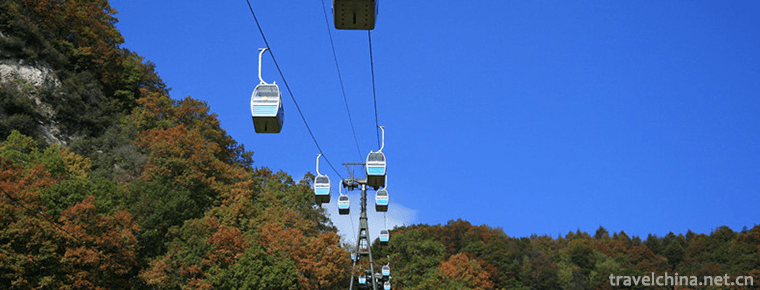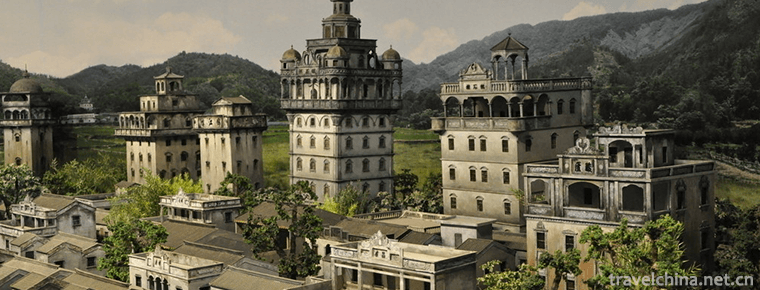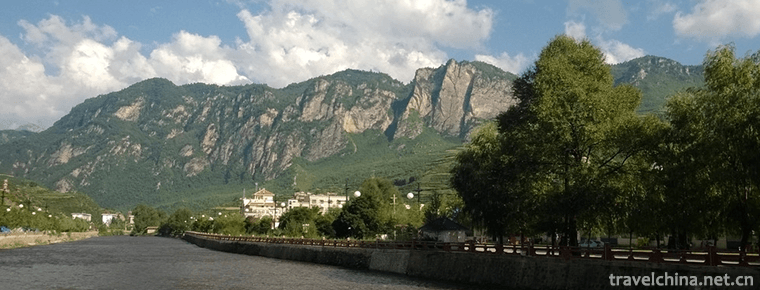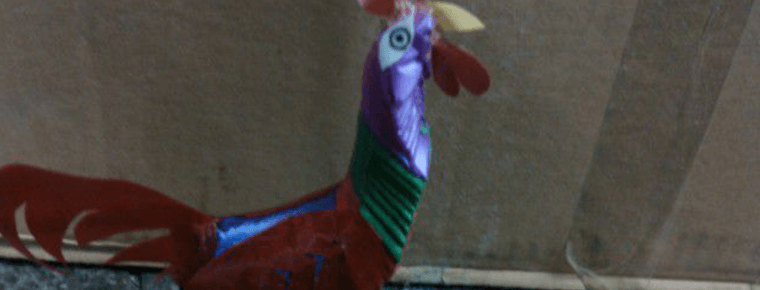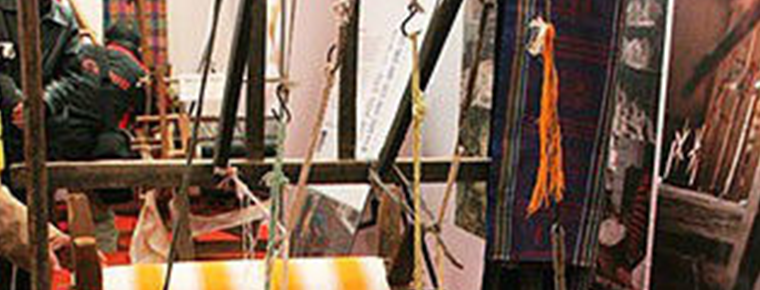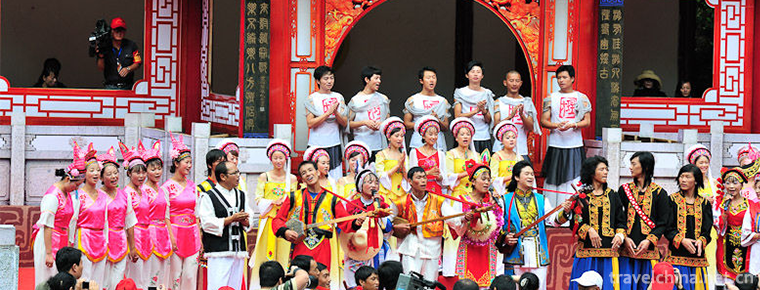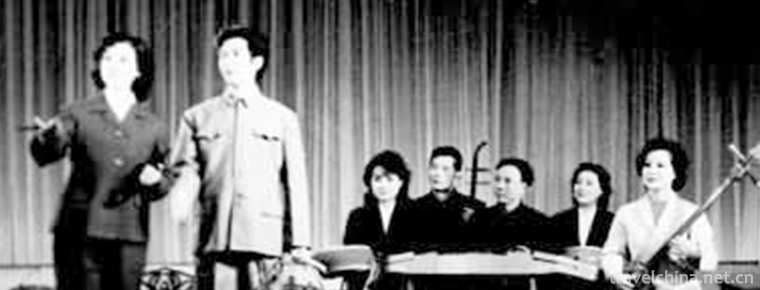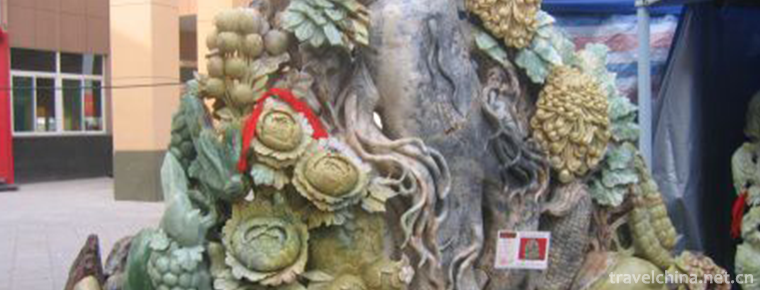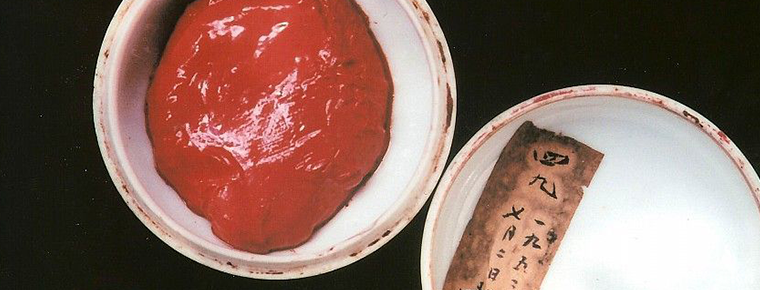Climate of Luzhou
Climate of Luzhou
Luzhou city belongs to subtropical humid climate zone, and the three-dimensional climate is obvious in the southern mountainous area. It has high temperature, sufficient sunshine, abundant rainfall, four distinct seasons, long frost free period, temperature, light and water in the same season, obvious monsoon climate, warm in spring and autumn, hot in summer and not too cold in winter. However, affected by the topography of Sichuan Basin, Luzhou City has more thunderstorms in summer, continuous rainy weather and light fog in winter, while there are few strong winds in the whole year, mostly 0-2 M / s breeze. In 2016, the temperature in Luzhou was higher, the precipitation was more, the sunshine was a little more normal, and the light, temperature and water were sufficient in the whole year, which was a normal preferred year for agricultural meteorology. The meteorological disasters such as high temperature, drought, continuous rain, wind and hail, thunderstorm and other meteorological disasters are lighter than those of the year round; the frequency and intensity of strong cooling process are basically the same as those of the whole year; rainstorms and floods occur frequently.

Climate of Luzhou
-
Wuyuezhai Scenic Area
Wuyuezhai Scenic Area, National Forest Park, AAAAAA Tourist Area, is located in the eastern foot of Taihang Mountain, located in the northwest of Lingshou County, Hebei Province
Views: 181 Time 2018-12-22 -
Kaiping Diaolou and Villages
In Kaiping city, there are many blockhouses, towns and countryside. There are more than a dozen villages and less than two or three villages. From Shuikou to Lily
Views: 106 Time 2019-01-29 -
Castle Peak Pass Scenic Spot
Qingshankuan is located in the north of Qianxi County, 40 kilometers away from the county town, located in the Yanshan branch, the hinterland of Daqingshan Mountain.
Views: 207 Time 2019-02-07 -
Shibing Karst
Karst is karst. It is the general name of the geological function of water in dissolving rock (carbonate rock, gypsum, rock salt, etc.) mainly by chemical dissolution
Views: 241 Time 2019-02-08 -
Straw weaving
Grass weaving is a popular folk handicraft. It makes use of the grass produced in different places to make materials locally and weave into various daily necessities
Views: 188 Time 2019-04-15 -
Traditional Cotton Textile Techniques
Chinese traditional textile technology has a long history. Since cotton was introduced from India in the 7th century, Chinese textile industry has changed from linen to cotton.
Views: 242 Time 2019-04-19 -
Bow and Arrow Making Skills
Juyuan bow and arrow making technology, the traditional handicraft of Chaoyang District, Beijing, is one of the national intangible cultural heritage.
Views: 230 Time 2019-05-01 -
Mangkang Trichord Dance
Sanxian Dance originated in Quzika Township, Mangkang County, Changdu District. It has the unique charm of simplicity, elegance, melodiousness and ease, and is deeply loved by the masses. Passengers p
Views: 225 Time 2019-05-22 -
Shibao Mountain Song Club
The Bai Jianchuan Shibao Mountain Song Festival is held every year from 27 to 29 July of the lunar calendar for three days. At this time, tens of thousands of young Bai men and women and singers from
Views: 189 Time 2019-06-15 -
Sichuan ballad singing
Sichuan Qingyin, formerly known as Pipa and Yueqin, is one of the traditional operas in Sichuan Province. In the 1930s, Qingyin Song Concerts or Improvement Meetings were set up in Chengdu and Chongqi
Views: 214 Time 2019-06-16 -
Xiuyan Jade Carving
Xiuyan Jade Carving, one of the national intangible cultural heritage, is a local traditional art in Xiuyan Manchu Autonomous County, Liaoning Province.
Views: 146 Time 2019-07-08 -
Printing Mud Making Skills
Lu'an Indian Mud is a traditional handicraft in Jing'an District of Shanghai. It was initiated by Zhang Lu'an. The process is complicated and the finished product is kept for a long time. The printing
Views: 364 Time 2019-07-13
